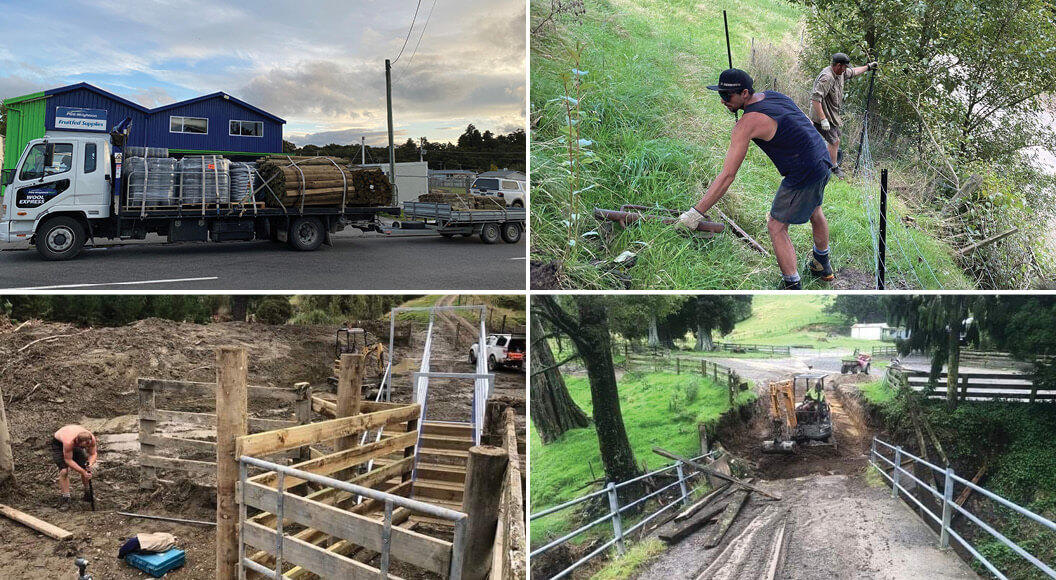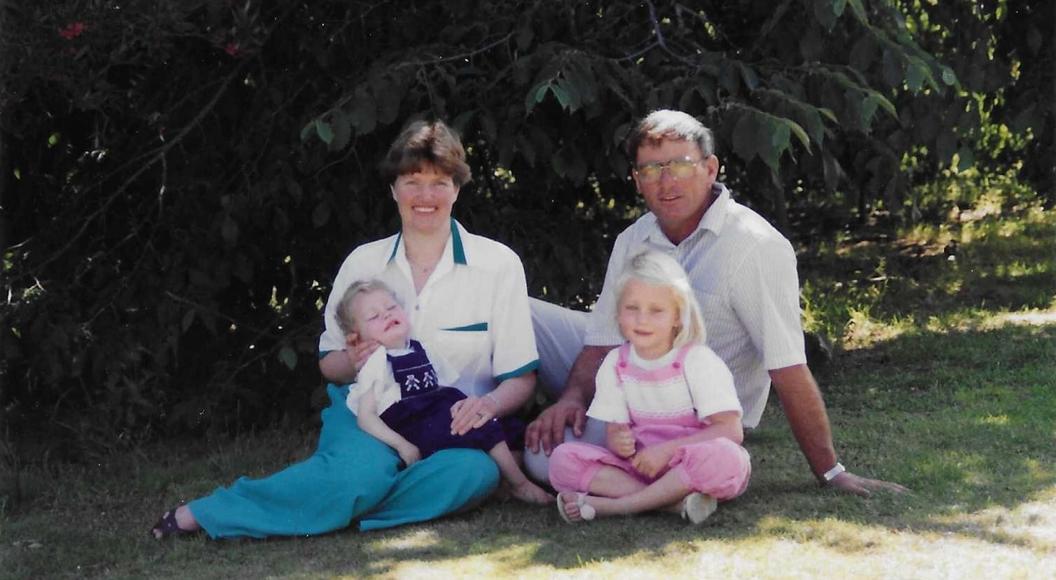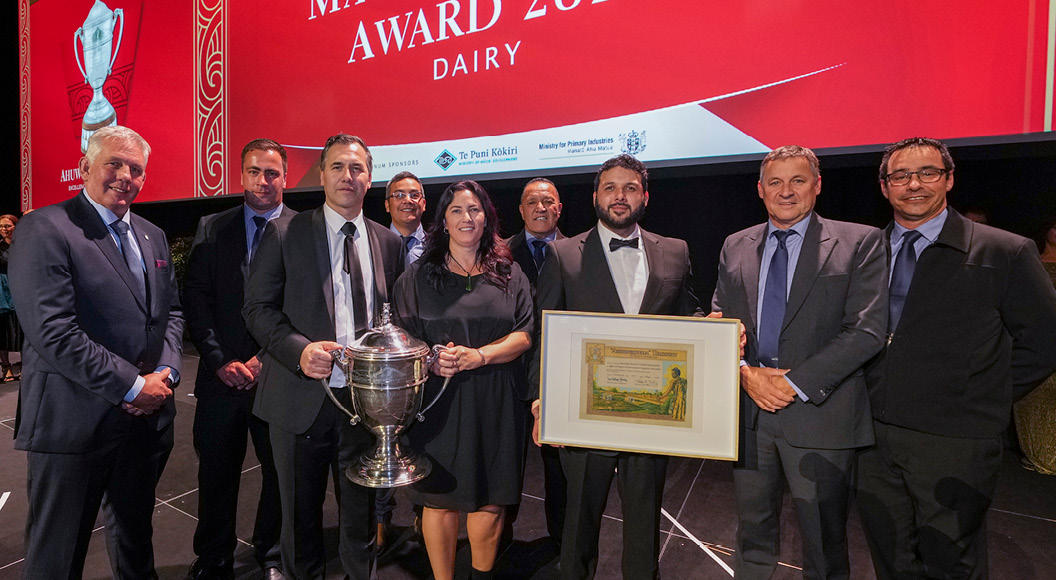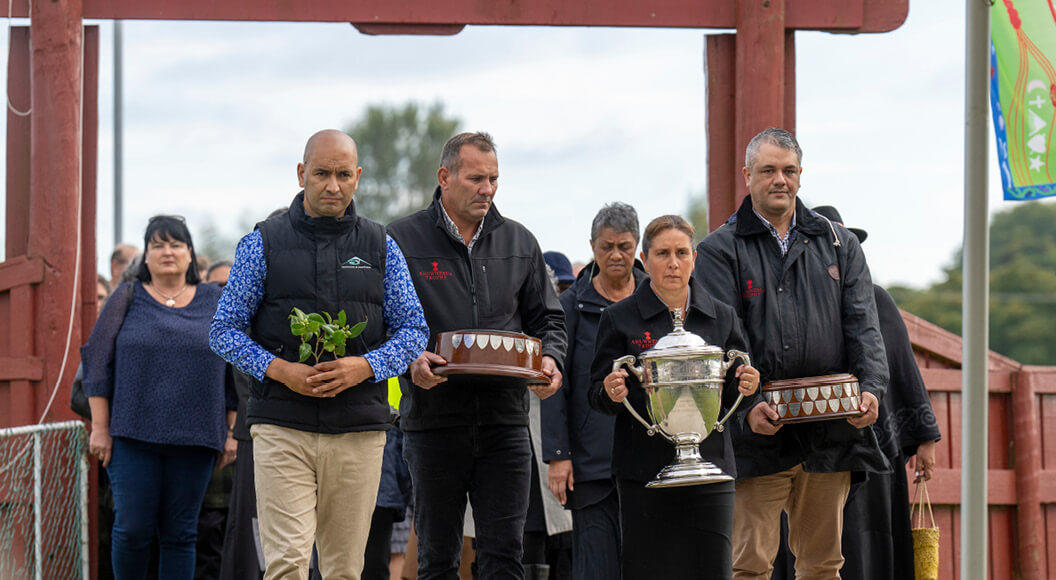
Ohakune Locals Show Support for Eskdale After Cyclone Gabrielle
The small town of Ohakune is located close to the southwestern slopes of Mount Ruapehu, covering an area of 6.4km2 and has a population of 1,150. The question, “What is Ohakune famous for?” tops a Google search and informs the viewer that it’s the Carrot Capital of NZ, Chocolate Eclairs, and a popular base for access to Mt Ruapehu and the Tongariro Alpine Crossing.
Nathaniel Turner works at the PGG Wrightson Rural Supplies store as a Technical Field Rep. He has lived in Ohakune for 18 years and has a young family, two daughters at the local kindergarten and enjoys making the most of the outdoors of what Ohakune has to offer, walking, biking and hunting.
Shortly after Cyclone Gabrielle hit the East Coast, Nathaniel contacted a couple of previous clients who had moved to the Eskdale area, to see how they had fared and if there was anything he could do to help. The situation was dire, and they didn’t know what was coming next. “Give us a week or two to find our feet” they said. Plus, there was no road access and no way of getting in.
A few days later, local fencing contractor Dave Hammond visited the Ohakune store, saying he wanted to put a team together to help some of the areas worst affected. Nathaniel says, “He asked what PGG Wrightson was doing. At that stage, we’d made a donation to the Rural Support Trust and there was more to come, but I knew we could do something at a local level”. So Nathaniel pulled out his client list and proceeded to contact everyone to let them know there was a team going over to Eskdale and any support, in either time or donated materials, would be greatly appreciated. Nathaniel also put a call through to PGG Wrightson Taumaranui Technical Field Rep, Edie Neill, PGG Wrightson Hawera Technical Field Rep, Belinda Wilson, and PGG Wrightson Taihape Technical Field Rep, Butch Cashell, who also put the word out with clients.
“We were blown away with the response.” Nathaniel says. The team received generous cash donations to purchase materials, as well as second had materials and offers of materials that farmers had bought for their own farms but which they weren’t going to use for a few months.
“We had dairy farmers in Taranaki asking how they could help sheep and beef farmers on the East Coast. There were some funny moments trying to work out what they had in common, and how they could help. We had a request for netting and the dairy farmers were scratching their heads, wondering what on earth the sheep and beef farmers used netting for. It turns out it was to make temporary repairs in fences where slips had come down, but it made them wonder!”
As materials came in, they were stored in a client’s yard next door to the Ohakune store.
Dave Hammond then set up a Facebook Messenger group for everyone who wanted to head over, and a group of about 20 met at Dave’s house to form a plan. They took stock of donated materials, the skills of each person in the group, when people could head over and what areas were most in need of support. The team created a roster with each crew working a few days, followed by a fresh crew picking up where the others left off.
On Friday 3 March, the first team loaded up the PGG Wrightson “Wool Express” truck with donated materials, fencing supplies, quad bikes and diggers. After a word with PGG Wrightson Fencing Category Manager, David Nutsford, the team were gifted $2.5k of MTA vouchers which were used to cover the team’s fuel to get to and from Eskdale plus fuel for the diggers and machinery.
“Getting there was interesting,” recounts Nathaniel. “We had to go the long way because the Taihape-Napier Road was closed. Driving past Waipukerau you could see the flood damage. The area wasn’t covered much by the media, but the damage was there. The closer you got to Hastings the more you could see. Apple orchard bins stuck in paddocks, where there was no orchard in sight. It took us a bit by surprise”.
Driving past Napier to turn into Eskdale, Nathaniel recalls that it was hard to put into words what they saw. “We felt pretty sick just driving through. Once you see it…it’s pretty tough to be fair. You picture what actually happened. The markings on houses with ‘C’ or ‘D’ was sobering”.
When the group arrived in Eskdale, they met Richard Payne their contact for the area. Richard had been organising support for other farms, and prioritising others’ properties. Nathaniel recalls, “He knew we were coming, but when we turned up…well, he was speechless for a moment. It was the first support he’d had for his own property, as he didn’t expect to see so many of us there to lend a hand. We had a quick meet and greet and I found myself getting a bit choked up. I had to put my sunglasses on…to hold it in.”
The crew made their way a kilometre up the road to land which they could use as a temporary depot. There, Richard used his tractor to unload the materials. “It was good we had a tractor we could use. Driving in, we weren’t sure if we’d have one as we saw them washed up on banks,” said Nathaniel.
The group then divided themselves into teams of two or three and selected the locations to lend support so they could cover as much ground as possible in a short period of time.
After the first day’s work doing fencing jobs, building temporary cattle runs and clearing accessways, they settled into their accommodation for the night. “We knew there was nowhere to stay, even the shearing quarters were full of families needing somewhere to stay, so the team brought camping gear and set up tents. Everyone was quite happy to stay in the tents. We’d planned on covering our own costs, staying in the tents and just being there to help out. After two or three nights, word got around we were in the tents and some residents got in touch with other locals who had holiday homes, so we ended up in a fantastic holiday home.”
Transporting the materials from the temporary depot to the affected properties was challenging. An IRB was used to transport materials over the Dartmoor River, as the bridge was washed out. An army helicopter also helped transport materials from the depot to different sites.
As well as fencing and clearing projects, the crew were there to lend a hand with any job that needed doing, including a spot of shearing and crutching sheep.
Now back in Ohakune, Nathaniel is getting on with his Technical Field Rep work but continues to help coordinate the remaining crews heading over.
Although the group from Ohakune went over to help in a practical way, it’s clear they’ve left their mark on more than just the paddocks and fence lines of Eskdale. What is Ohakune famous for? The locals of Eskdale know the answer.


